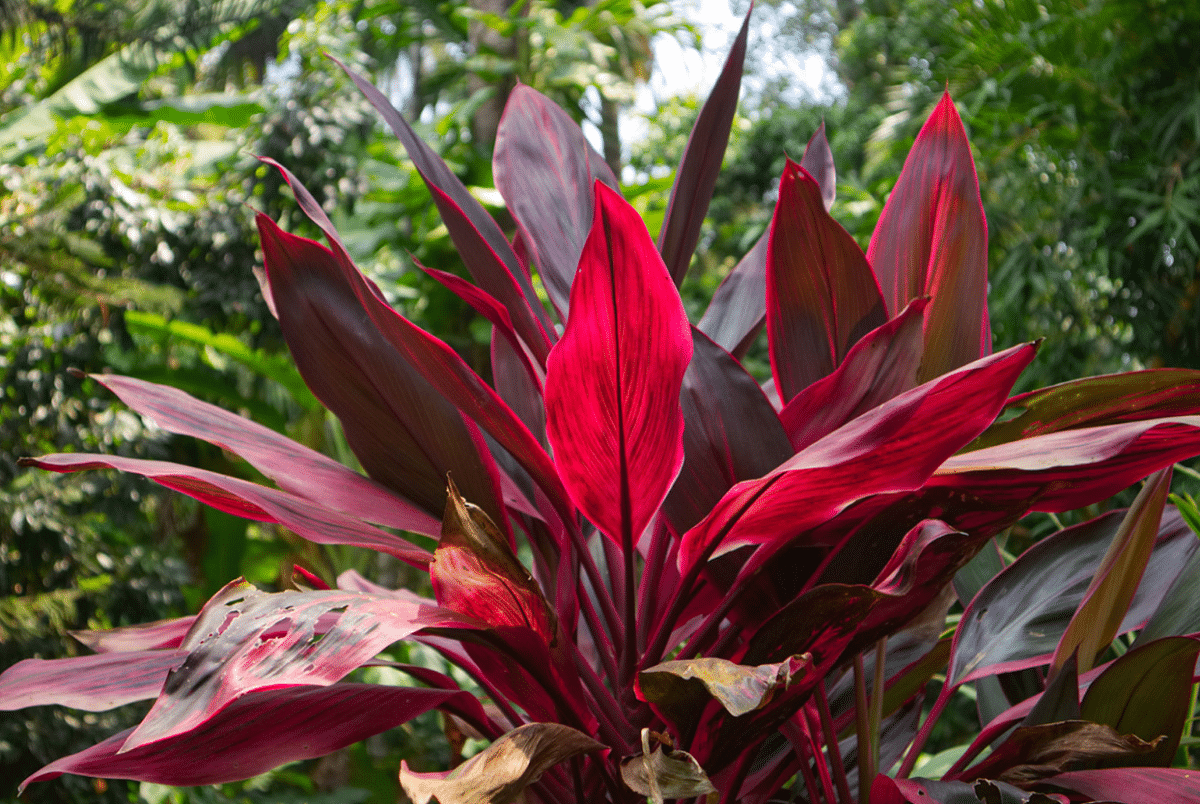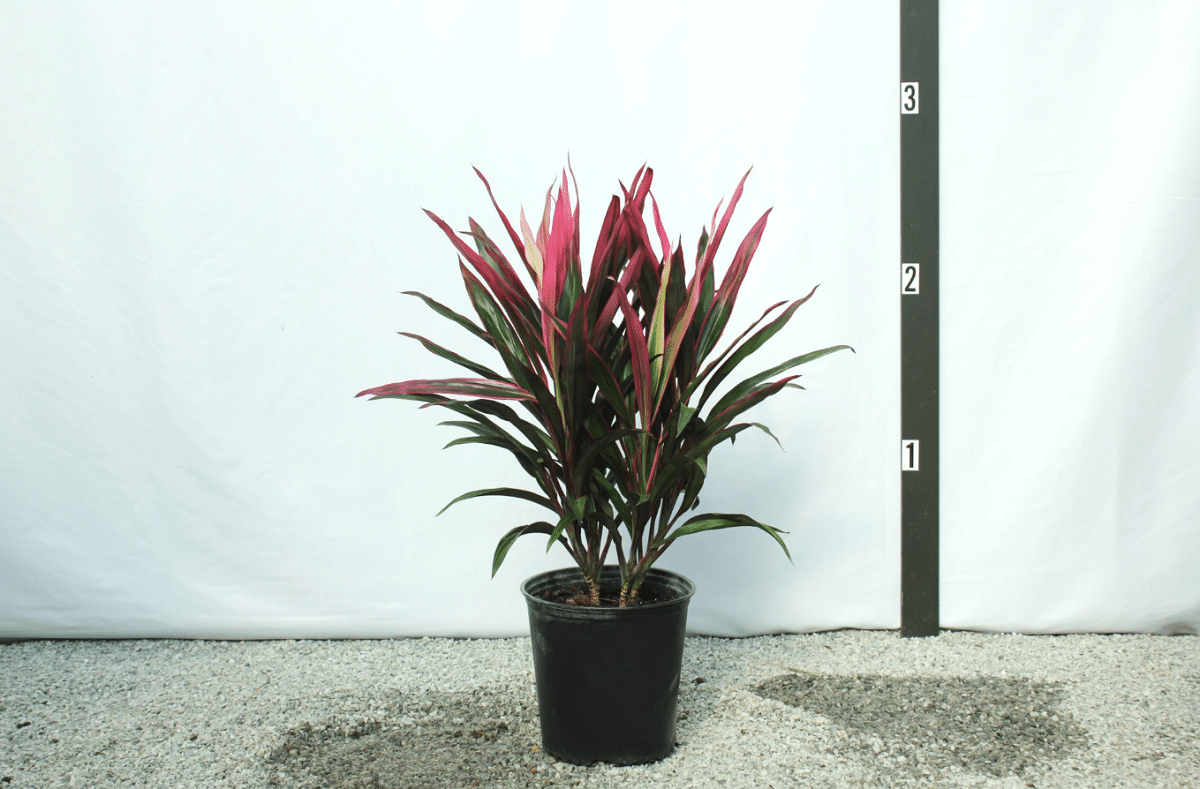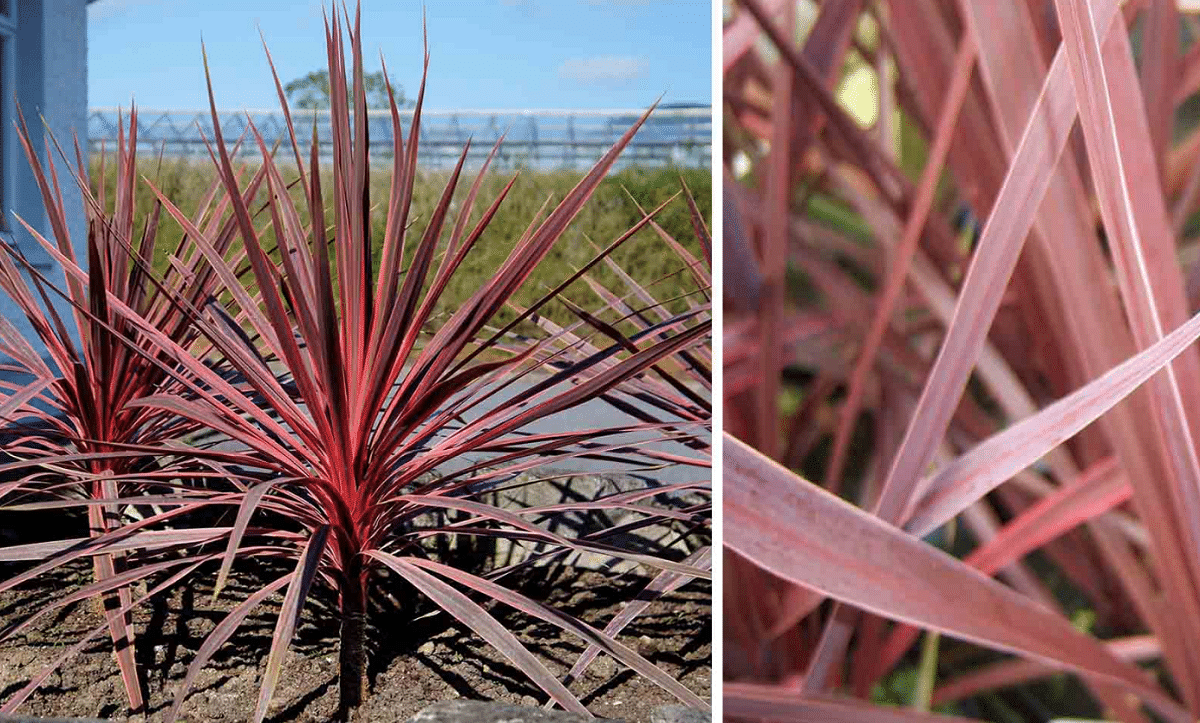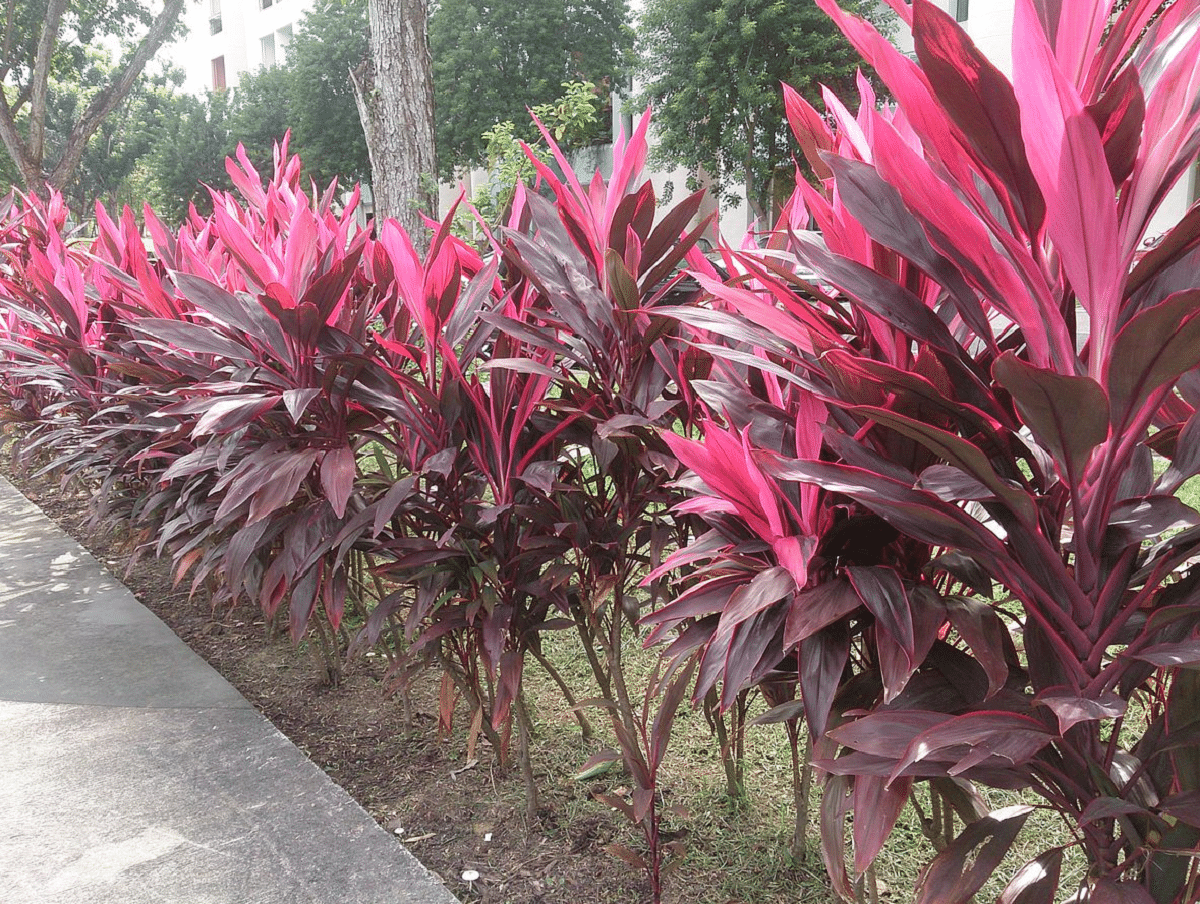
Today we welcome not just one, but more than 15 different species that belong to the same family. It is worth mentioning that these plants can be both indoors and outdoors. For now, we want you to know that we are going to offer you all the details of how to give the best care to these plants, as well as interesting features and facts.
We are talking about the cordyline. So what you will be about to read in the next few minutes will not only be used to a species, but to several belonging to the same gender and as we mentioned a moment ago, also known as cordilines, they are not a single plant, but several.
Cordyline general data

This means that despite having different shapes and characteristics, there will be similarities and characteristics that all of them share. As of today, around 15 species are known where each of them are plants with leaves and perennial characteristics.
It is thanks to this that it is a plant that can easily be grown in homes and gardens, and they can also be had indoors. And perhaps it is this peculiarity of this species that they are used for decorative purposes, both in external and internal environments. It is worth mentioning that the plant or species at a general level is a native of New Zealand and it is currently spread over much of the world.
Features
The truth is that it is a little difficult to specify or give details of cordyline, for the great variety that exist. However, there are general characteristics that most of them share thanks to their great similarity.
These characteristics are:
Size
What comes to surprise the vast majority is the size these plants can reach. The normal thing is that its size is small, considering that much of the time it is intended to be kept indoors. For this reason, they usually have a standard height of 50 cm to one meter. But naturally, these species can grow to around 2 to 6 meters in height.
Everything will depend on the variety and the care given to the plant, as well as environmental factors. Typically, the vast majority of cordylines have individual logs. These tend to be chunky or not (it depends on the variety).
Foliage
The leaves of these plants are elongated and graceful. Some of them have thick and / or wide leaves, while others tend to have blades as if they were swords. Normally, its color is grayish green. But a characteristic in its pigment that is seen in almost all species is its reddish purple color. Although not all of them have this pigmentation in the leaves, they have them in the stem.
Flowers
And if you were wondering if these plants had the ability to generate flowers, then the answer yes, although this is not one of its strong characteristics, since they are not showy or large flowers. The truth is that flowering only occurs when the plant has reached maturity or final growth.
The normal thing is that these are white, although there are occasions and / or species whose flowers are creamy in color and flowering for each of the variants occurs either in summer or spring.
On the other hand, you have to know that some of the species of this group of plants They have flowers whose fragrance is very pleasant to the sense of smell. Once they are in bloom, they turn into berries.
A curious fact that you have to remember whenever you decide to have any of the Coordine variants, is that the plant is more likely to produce flowers when outdoors.
Although this does not remove the possibility that it can flourish even when kept indoors. However, when you have the plant outside, it tends to be prone to certain pests. The common thing is that it is attacked by scale insects, red spiders and other troublesome insect species.
In the same way, both the plant and the flowers are prone to suffer bacterial diseases, as well as damage caused by fungi. There is even a bacterium that causes rot in the root of the plant.
Soil or substrate
Brianda Cordyline australis requires soil that is very well drained and have a certain level of fertility. This and like other variants, can thrive in semi-shady locations or in direct sunlight. It is also recommended that it be kept in pots and the irrigation of the soil should be moderate and vary according to the season.
It is worth mentioning that regularly nutrients must be provided to the plant through compost or fertilizers, this whenever it is kept indoors is worth mentioning. For situations where these plants are kept outdoors, it is enough to add fertilizer to them only once a year, preferably during spring or early summer.
Care
Luz
There should be no doubt, but we will reiterate this aspect again. The many species require a bright light source. By the way, this does not mean that you have it directly under the sun, since this will not be beneficial for the plant, unless of course you have a cordilina. In this case there is no problem that you have it directly under the sun, since this It will benefit her and you will see the results in the color of her leaves.
Soil type
At this point you have to pay close attention, since the life of your plant will depend on the substrate you provide. For this reason, you have to have a mixture that is rich in nutrients and has a layer of gravel in order to provide a good drainage system.
In case you have the potted plant and decide to change its position during the summer to a more open environment or put it outside, you know that the soil must be well drained and protected from frost. It should be mentioned that these are plants susceptible to the wind, so you should fix it well to the pot or the place where they are.
Water and fertilizer
For these plants, you have to try as much as possible to offer constant moisture to the soil. This should be done without having to fall into the pond, since two things can happen: the first is that the roots begin to rot and the other is that bacteria and fungi appear that further damage the plant. Once you notice that the soil is about to dry out, provide it with the necessary water. On the other hand, you must use liquid fertilizer during spring only.
Other species of Cordyline
To finish, we show you two of the most popular Cordyline species, so you can differentiate them and choose the one you like best for your garden:
Cordyline australis

This is just another of the different variations that belong to the cordyline genus. This plant is usually known by the name of Ti and it is a species whose leaves are perennial and its main use is as an ornamental plant, so you can easily have this species and have it inside your home without any problem.
It is worth mentioning that its growth is favored when it is in a Mediterranean or subtropical climate. On the other hand, we can say that it is a beautiful plant whose leaves have different colors.
That is, you can have this plant with green leaves or have one whose leaves are purple, pink and even yellow or red. The truth is that it is a great plant with visual variations that will improve any room in the home.
Cordyline fruticosa
The vivid rose-red leaves of the Cordyline fruticosa they are an eye-catching statement in any home or garden. This tropical shrub has a limited hardiness range in US Department of Agriculture zones 10-12.
This means that can normally be grown as a houseplantAs long as there are temperate climates and although it thrives in high humidity, watering can promote leaf diseases. However, the shedding of mature leaves is a natural process as the plant ages.
The great advantage obtained with this plant is that you can have it in a place under direct sunlight or have it in a semi-shaded place, where the light falls on it indirectly. It is important that you remember this, since it is not at all recommended that you perform fertilization during winter times.
